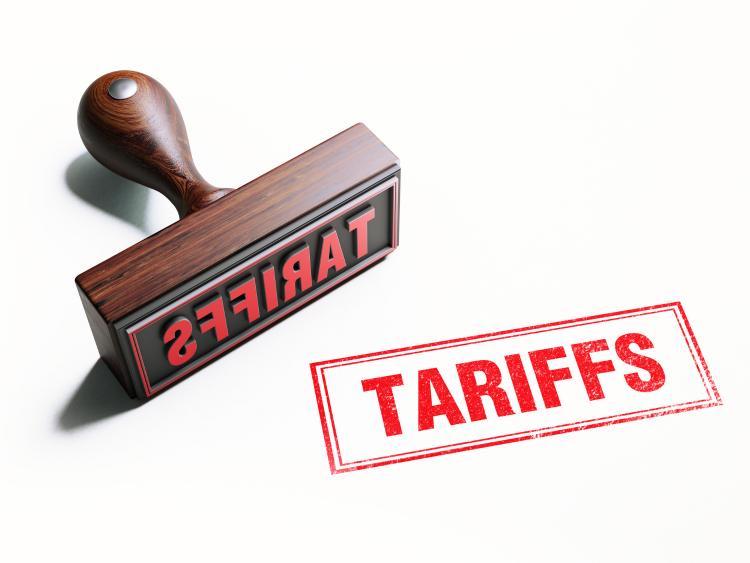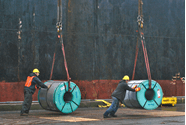Steel Markets

Hurricanes' Impact on Housing in the South
Written by Sandy Williams
September 14, 2017
Southeast Texas, including Houston, is considered one of the most affordable large housing markets in the nation, said Svenja Gudel, chief economist at Zillow. That may change in the wake of Hurricane Harvey.
“Housing has historically been affordable in the area because it’s relatively easy to build homes there. Unfortunately, a lot of those homes were built in areas vulnerable to flooding, both on the coasts and from rising rivers and bayous farther inland.”
Attractive construction costs are benefited by flood insurance premiums that are not always in sync with the full risk of building in the region, said Gudel.
Zillow analyzed data from six metro areas impacted by Harvey—Bay City, Corpus Christi, El Campo, Houston, Victoria and Port Lavaca. The value of homes flooded in the area is roughly $32.1 billion, said Gudel, with most coming from the Houston metro area at $26.3 billion. In four of the flooded regions, property values were higher than the median value of non-flooded property.
In coastal regions, property holds its value even when the threat of hurricane danger is obvious, she added. Home prices are elevated for years following hurricanes, with peak rates in the third or fourth year following a storm, according to research by the Federal Reserve Bank of Dallas
“On the eve of the storm, the total value of all residential real estate in the Houston metro alone was about $380 billion – that’s 1.2 percent of the nation’s total real estate value,” said Gudel. “Rebuilding will be no easy feat.
More than 113,000 homes, or 6.7 percent of the local market, was flooded during Harvey, according to Ralph McLaughlin, chief economist at real-estate website Trulia.com.
“A week ago, before Harvey, we were oversupplied, and today, we have more demand than we have supply. It’s just changed overnight,” said Richard Campo, CEO of luxury apartment developer Camden, in an interview with Bloomberg Television. “We usually lease 70 apartments a week. Iin the last four days, we leased 300.”
Campo says Camden has frozen rates for renewals and new leases for September along with most other large apartment owners in the area.
Houston can expect an influx of more than 20,000 construction workers in the next 10 to 12 months to help with rebuilding. With skilled construction workers in short supply in the U.S., construction costs could surge and push up housing costs for other regions in the state.
In Florida, most of the damage was caused by high winds rather than flooding. Florida geology may mean more extensive damage to roads and underground structure due to subsidence (sinking of the ground), according to the Associated General Contractors of America.
“What we are hearing from our construction contacts on the ground post-Harvey is that this will be a residential and nonresidential rebuild event, and public/infrastructure will only need to be repaired (vs. rebuilt),” said a reader of AGC Data Digest.
John Burns Real Estate Consulting estimates repair and remodeling spending will surge 9 percent nationally with labor and material resources diverted from new home construction. Permit authorizations for new housing construction is expected to decline for the remainder of the year as the supply of labor for construction is siphoned off to the South. Labor costs will likely rise, based on a 14 percent increase in worker compensation in Mississippi after Hurricane Katrina. Burns Real Estate estimates it will take five or more years to complete rebuilding in the areas hit hardest by Irma and Harvey.
One billionaire developer in Florida disagrees that home prices will be impacted by the storms. “I don’t think real estate prices are going to get affected,” Florida real estate developer Jeff Soffer told CNBC. “Ultimately, people want to be in Florida.” He added that hurricanes are a way of life for residents and “the reality is that Florida’s very well prepared for this.”
Nearly 6.1 percent of the U.S. population has been impacted by just Hurricane Irma, more than Katrina in 2005 or Harvey in Houston, according to Goldman Sachs.
Goldman Sachs estimates the two hurricanes caused $115 billion in damage–$85 billion caused by Hurricane Harvey and $30 billion by Irma. As a result, Goldman Sachs has cut its third-quarter GDP forecast from 2.8 percent to 2.0 percent.
“The uncertainty around all of these figures is high, but there is little doubt that the combined impact of Harvey and Irma will be particularly severe,” Spencer Hill, an economist at Goldman, wrote in a note to clients. “We continue to expect a sizeable drag from hurricanes on Q3 growth.”

Sandy Williams
Read more from Sandy WilliamsLatest in Steel Markets

CMC looks beyond Arizona micro-mill woes to long-term viability of construction mart
Despite the economic and geopolitical upheaval of the last five years, CMC President and CEO Peter Matt points out that the construction market has been an essential element of the way forward.

US importers face stricter rules under revamped S232 tariffs
“CBP expects full compliance from the trade community for accurate reporting and payment of the additional duties. CBP will take enforcement action on non-compliance," the agency said in a March 7 bulletin.

Steel exports rebound in January
US steel exports recovered to a five-month high in January after having fallen to a two-year low in December. This growth follows four consecutive months of declining exports.

Construction spending drops marginally in January
Construction spending edged down slightly in January, slipping for the first time in four months. The US Census Bureau estimated spending at a seasonally adjusted annual rate of $2,196 billion in January, down 0.2% from December’s downward revised rate. The January figure is 3.3% higher than a year ago. January’s result, despite the slight erosion, […]

HVAC equipment shipments slow in December but strong annually
Shipments of heating and cooling equipment in the US fell to an 11-month low in December, according to the latest data released by the Air-Conditioning, Heating, and Refrigeration Institute (AHRI).
